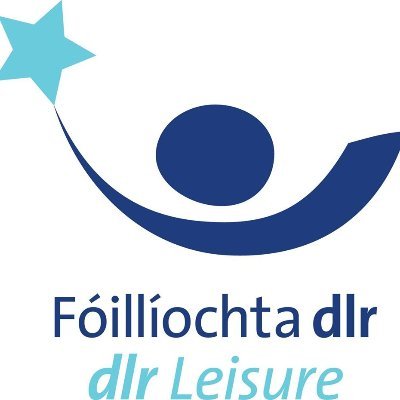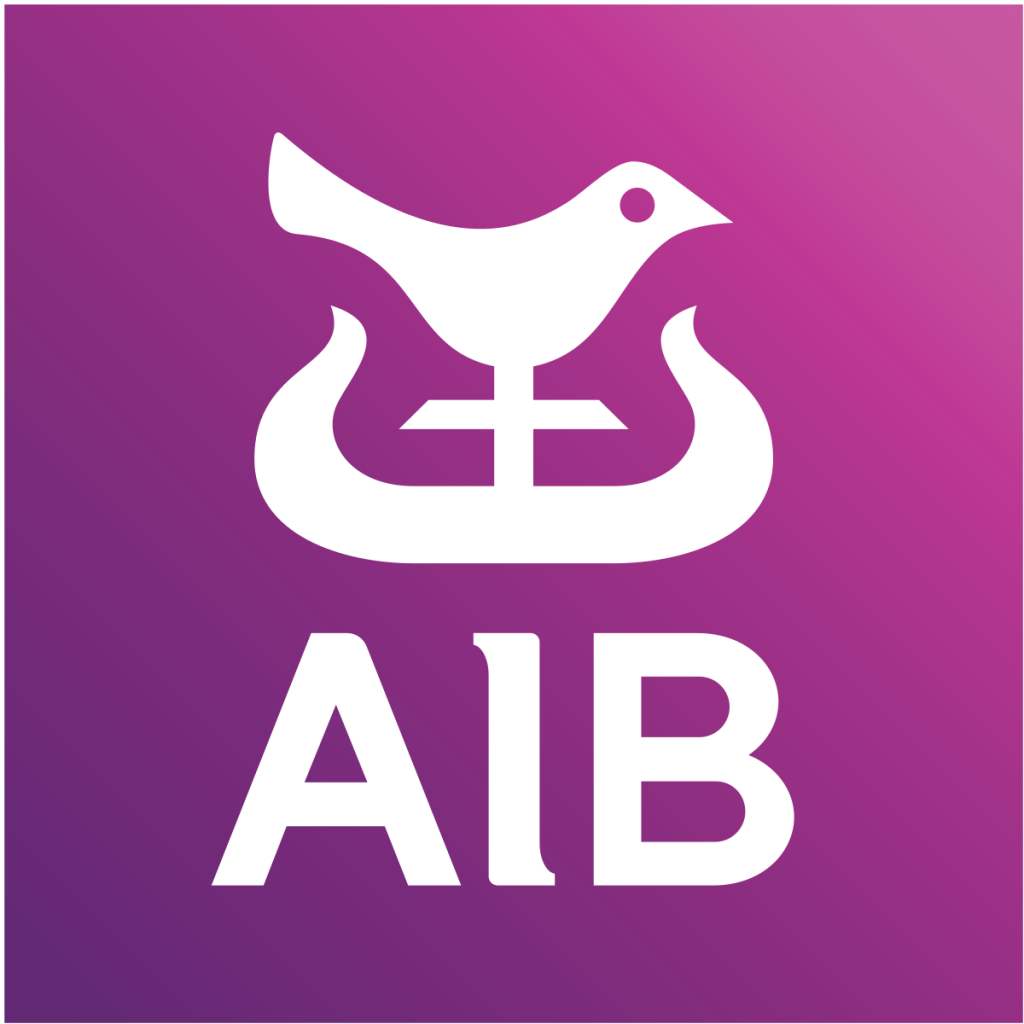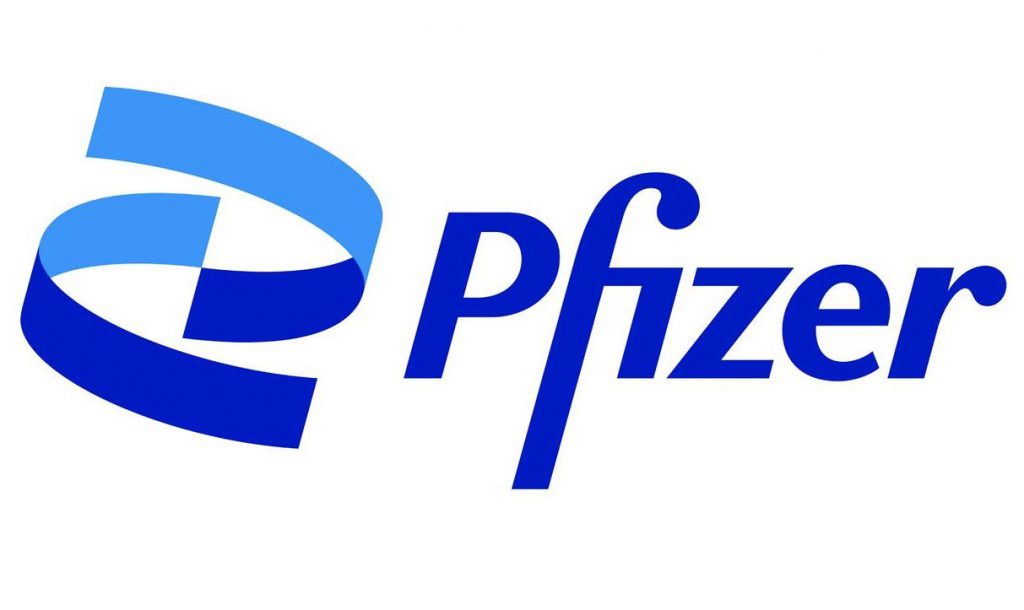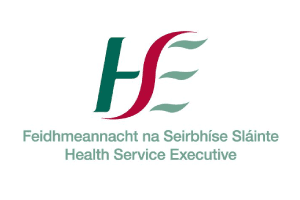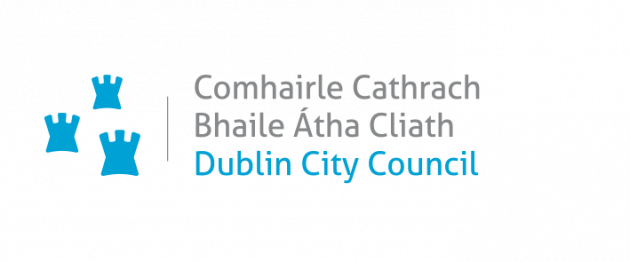Understanding and quantifying greenhouse‑gas (GHG) emissions is the foundation of any decarbonisation strategy. Lawler Sustainability conducts carbon footprint assessments following the Greenhouse Gas Protocol, covering direct (Scope 1), indirect electricity (Scope 2) and value‑chain (Scope 3) emissions.
Science‑Based Targets initiative (SBTi)
The Science‑Based Targets initiative (SBTi) helps companies set emission reduction goals aligned with climate science. Science‑based targets show how much and how quickly a company must reduce emissions to limit global warming to 1.5 °C, in line with the Paris Agreement. More than 1,600 companies worldwide have committed to the SBTi, benefiting from enhanced reputation, cost savings and investor confidence.
Our approach
- Data collection & emissions inventory – Gather activity data from fuel use, electricity bills, refrigerants, business travel, waste, supply chain and product life‑cycle.
- GHG accounting & analysis – Calculate emissions using internationally recognised emission factors and allocate them by scope. Identify emission hotspots and reduction levers.
- Target setting – Work with clients to set ambition levels aligned with SBTi guidance and sectoral decarbonisation pathways; prepare submission documentation for SBTi validation.
- Reduction roadmap – Develop strategies to reduce energy consumption, switch to renewables, improve resource efficiency and engage suppliers.
- Reporting & communication – Provide clear reports and dashboards for internal stakeholders and external disclosure (e.g., CDP, annual sustainability reports). Demonstrate compliance with emerging legislation and investor expectations.
Benefits
- Achieve recognised emissions reductions consistent with global climate science, enhancing corporate reputation.
- Identify cost‑saving opportunities through energy efficiency and resource optimisation.
- Prepare for regulatory changes and supply‑chain requirements.




